GENERAL DATA
Plant Parts: Flowers and leaves
Cultivation Mode: Wild collection/ Cultivated
In Manufacturing: Pharmaceutical, tea, cosmetics, extract, oil
In Food: Pottages
🌸 Industries That Use Cornflower Petals (Centaurea cyanus L.)
Cornflower petals, also known as Bachelor’s Button, are the bright blue flowers of Centaurea cyanus L., a member of the Asteraceae family. Native to Europe and widely cultivated for ornamental and herbal use, these petals are valued for their anti-inflammatory, antioxidant, and astringent properties.
1. Pharmaceutical & Herbal Medicine Industry
Cornflower petals are used in natural and traditional medicine for mild inflammatory conditions and eye health.
Key Applications:
-
Mild anti-inflammatory and antimicrobial remedy
-
Used in herbal compresses for eye irritation, conjunctivitis, and tired eyes
-
Occasionally used for mild digestive or respiratory discomfort
✅ Often used as infused water, decoctions, or eye lotions
2. Cosmetic & Skincare Industry
Highly prized in natural beauty and skincare, particularly for sensitive and mature skin.
Uses:
-
Soothing facial toners, especially for puffy or tired eyes
-
Anti-redness and calming lotions
-
Floral water (hydrosol) for delicate skin
-
Ingredient in bath blends or skincare masks
✅ Favored in micellar waters, makeup removers, and under-eye gels
3. Tea & Beverage Industry
Cornflower petals are widely used for aesthetic and functional purposes in teas and infusions.
Common Roles:
-
Added to herbal teas and black or green tea blends for color
-
Enhances visual appeal in floral blends
-
May contribute to mild relaxation and antioxidant properties
✅ Found in popular blends like Earl Grey with cornflower
4. Perfumery & Aromatherapy Industry
Used in botanical fragrance products for its delicate and subtle floral notes.
Applications:
-
Aromatic sachets and natural potpourri
-
Added to botanical incense
-
Used as a decorative and aromatic element in bath salts and soaps
✅ Often included for its visual elegance and mild scent
5. Natural Dye & Textile Industry
The vibrant blue petals can be used for plant-based textile dyeing and handmade paper crafting.
Applications:
-
Craft dyes and natural paper decorations
-
Added to handmade soaps, candles, or crafts for color
✅ Considered a gentle, non-toxic natural dye
6. Gourmet & Culinary Industry
Used as a decorative edible flower in premium culinary applications.
Uses Include:
-
Garnish for salads, pastries, and desserts
-
Blended into flower sugars, syrups, or artisan liqueurs
-
Adds visual charm without strong taste
✅ Certified edible and safe for use in food decoration
7. Organic & Natural Product Market
A staple in organic apothecaries, tea shops, and handmade beauty brands.
Forms Available:
-
Whole dried petals (bulk or packaged)
-
Floral water (hydrosol)
-
Herbal sachets and craft kits
✅ Widely available in eco-conscious wellness stores
✅ Summary of Key Applications
| Industry | Common Uses |
|---|---|
| Pharmaceutical & Herbal | Eye compress, soothing infusions, mild anti-inflammatory |
| Cosmetic & Skincare | Eye toners, calming creams, floral waters |
| Tea & Beverage | Decorative tea blends, mild relaxation infusions |
| Perfumery & Aromatherapy | Potpourri, botanical incense, floral bath blends |
| Natural Dye & Textile | Craft dyes, soap making, handmade paper |
| Gourmet & Culinary | Edible decorations, artisan liqueurs, floral garnish |
| Organic/Natural Products | Bulk petals, sachets, handmade products |
🌟 Key Features:
-
Brilliant blue pigment with mild floral aroma
-
Known for anti-inflammatory and astringent properties
-
Gentle enough for eye care and sensitive skin
-
Edible and cosmetic-grade flower
-
Valued across herbal, cosmetic, and culinary markets
PRODUCT NAME IN DIFFERENT LANGUAGES
Persian Name: گل گندم- ترنشاه/ Gole Gandom- Taranshah
German Name (Deutschland, Austria, Switzerland): Kornblume, Kornblume getrocknet
French Name (France, Belgium, Switzerland, Quebec): Bleuet, Bleuet pétales
HARVEST CALENDAR
Feb
Mar
Apr
May
Jun
Jul
Aug
Sep
Oct
Nov
Dec
To order Centaurea cyanus flowers, please contact us.
About Centaurea Cyanus
Centaurea cyanus is a one-year plant whose height reaches seventy centimeters.
The stems of this plant are relatively thin and hairy and their cross section is circular.
The leaves of the Centaurea cyanus plant are narrow, elongated, pointed and slightly hairy and grow without petioles. The lower leaves of this plant are slightly longer and wider.
At the end of each flowering stem, grows a drop-shaped, small, green bulge. Each bulge consists of a many triangular-shaped and relatively elongated leaflets that are densely placed next to each other. On the side of each leaf there are several very small blades. At the tip of each spike are many very small purple flowers. Around these flowers, there are a number of larger, trumpet-shaped, blue, narrow and elongated flowers that grow in the form of the radii of a circle.
After fully ripening and drying, these bulges split open and turn pale brown. Many elongated, almost oval, grayish-white, sometimes brown seeds can be seen inside each bulge.
The corner of each seed has a well-defined notch.
Cornflower Temperament
Third degree of hot and dry.
Cornflower Chemical Constituents
Chichorigenin, Cyanidin, Cyanidol, Cyanoside, Centaurin.
The seeds of this plant are laxative.
In India, the flowers of this plant are used as emmenagogue.
Its flowers can be used to color some foods due to its red pigment.
Cornflower Dose
3 grams.
Cornflower Side Effects
It can cause nausea.
Cornflower Modifiers
Rhubarb and Pomegranate.
To order dried Cornflowers, please contact us.
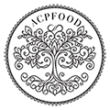
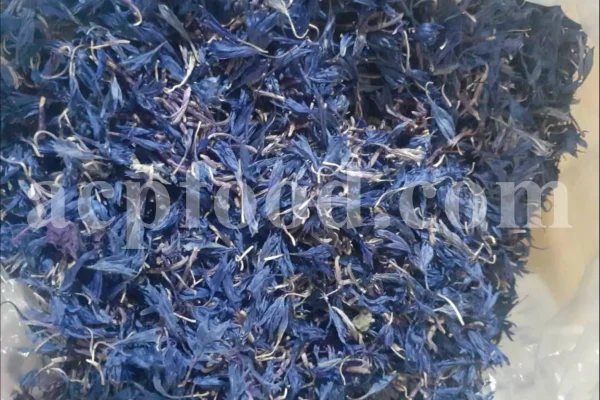
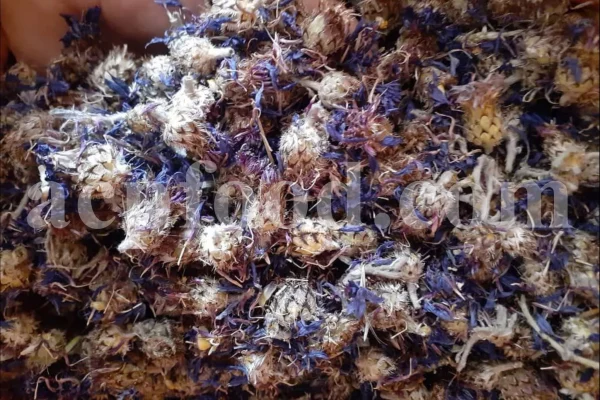

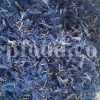
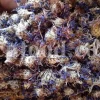
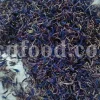
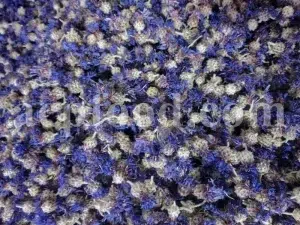

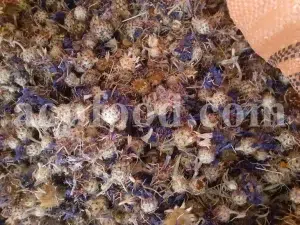
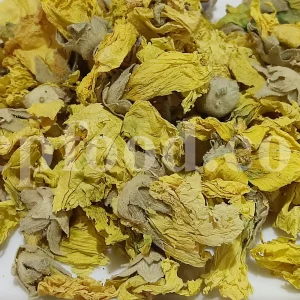

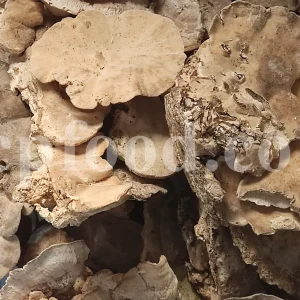
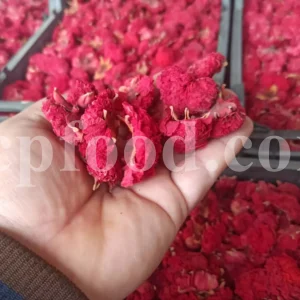
Reviews
There are no reviews yet.